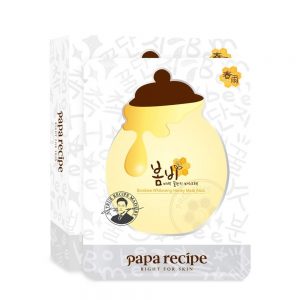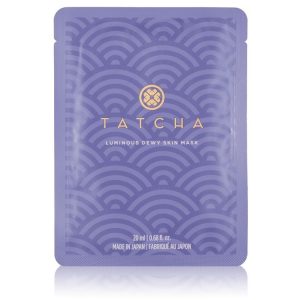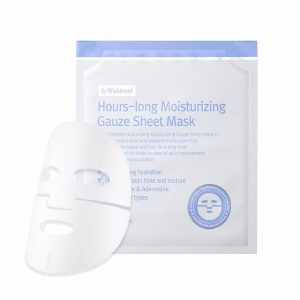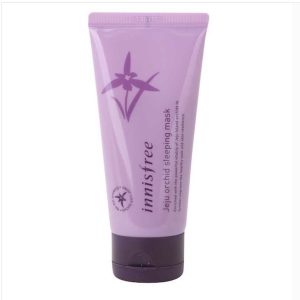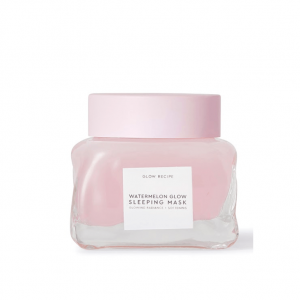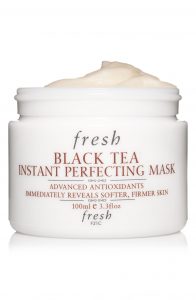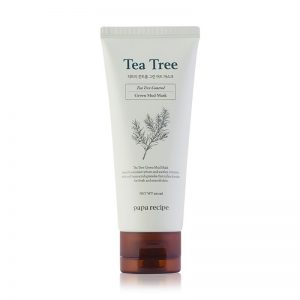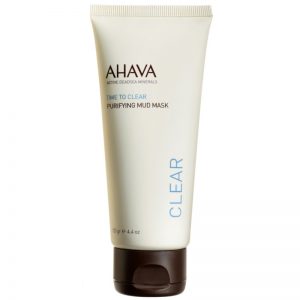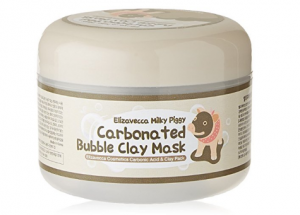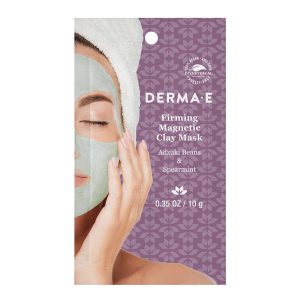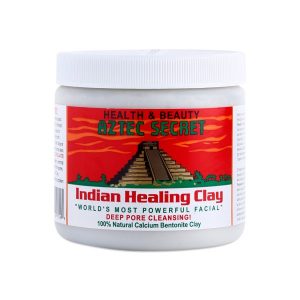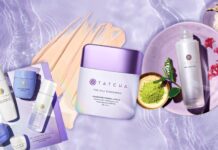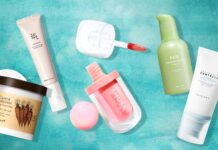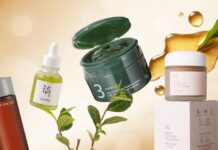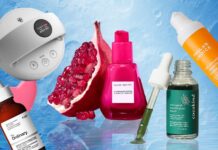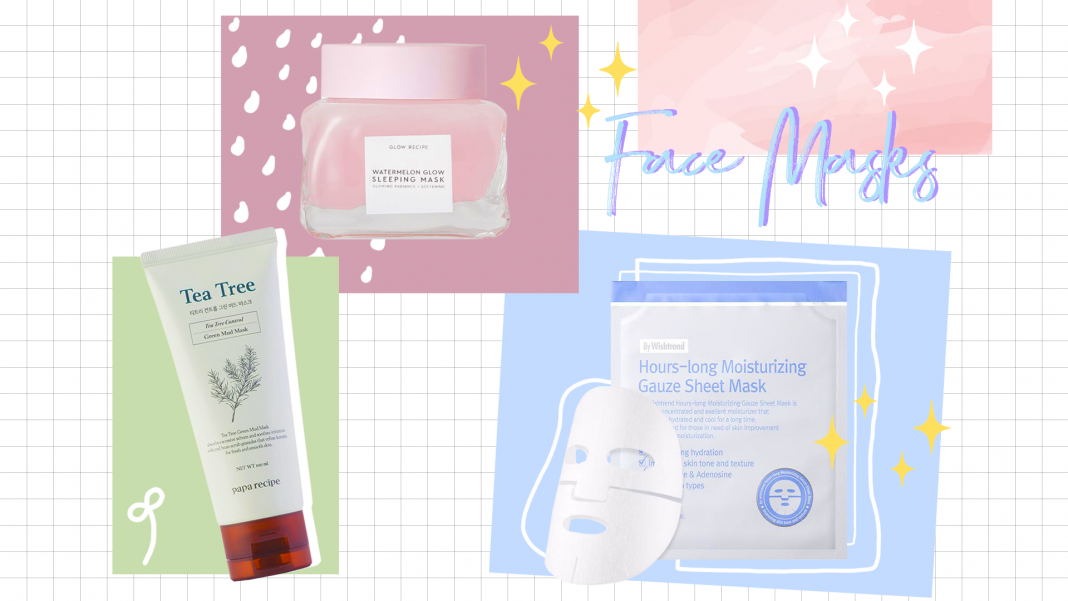
From sheet to clay, gel and mud, it seems super daunting to find the best type of face mask for that extra care and TLC for our unique skin types. That’s why we’re going to break down six of the most common masks out in the market today to give you the information you need for your next well-deserved pamper session at the comfort of your home!
What Are Masks?
To give you a really simple explanation, face masks are treatments that help the skin to become supple and hydrated. They also address specific skin concerns based on the ingredients used to suit the skin type.
For those new to the skincare game (welcome, by the way!), face masks aren’t exactly a new fad that appeared out of nowhere and garnered a cult following. Masking has been around for hundreds to thousands of years and were utilized in many different cultures and countries around the world. Depending on the region and beauty standards at the time, masking took shape in many different forms and methods. From France, where they use montmorillonite clay and green clay, to Egypt’s use of mud from the Dead Sea, to the geisha in Japan using pieces of silk soaked rose water, there were tons of interesting ingredients used to achieve one goal: beautiful skin.
Now that we learned a little bit about the history, let’s delve into the six main types of face masks you can see and purchase in any beauty store today.
Sheet Mask
Good for: All skin types (check the sheet mask)
Tip: Check ingredients list for active ingredients such as niacinamide, vitamin C, vitamin A (retinol), lactic acid, citric acid, glycolic acid, and mandelic acid.
For those familiar to K-beauty, the widespread accessibility and convenience of sheet masks are two factors that contributes to its massive popularity.
Sheet masks are physical occlusives that trap moisture in the skin with the sheet itself. This sheet is drenched in a serum-like formula that contains different active ingredients catered to address certain skin concerns or achieve qualities such as glowing to moisturized skin. While the active ingredients definitely differ, nearly all masks contain butylene glycol and glycerin in the ingredients list. These ingredients serve the purpose to help your skin absorb the other ingredients within the serum deeper into the skin, while simultaneously drawing moisture from the air and into the surface layer.
Our favorite sheet masks:
Sleeping Mask
Good for: All skin types
Tip: Use sleeping masks instead of your moisturizer to intensely moisturize your skin
If you ever wondered if it’s possible to mask while snoozing, you’re in luck! Sleeping masks are a great way to intensely hydrate the skin especially during colder months. When your body is in deep sleep around the hours of 10 PM to 2 AM, your skin’s metabolism increases and cell turnover and renewal is at its peak. When you put on the sleeping mask, you’re going to notice how quickly it absorbs into the skin (so you won’t have to worry about the mask transferring onto your pillow as you sleep) and help to restore the skin to its optimum state in the morning.
Our favorite sleeping masks:
Gel & Cream
Good for: All skin types
Tip: Use toners and serums before using to get all the benefits
Gel & cream masks deserve a section of their own cause each mask has different consistencies and textures. Gel consistency masks are very lightweight and sink quickly to the skin by the time you wash it off, while cream types feel luxurious as you spread it onto your skin. Ahh~
Another great thing about both masks are the ingredients. Gel type masks are likely to have hyaluronic acid, which does a wonderful job in binding water to the skin and retain moisture. Cream type masks are likely to have more nourishing ingredients to help plump up and firm the skin.
Our favorite gel & cream masks:
Exfoliating Masks
Good for: All skin types
Tip: Use masks containing chemical exfoliants (AHA, BHA, PHA) during the night to encourage skin renewal; follow up with sunscreen in the morning
Don’t feel daunted to think that chemical exfoliants would burn your skin off. It’s quite the opposite, actually. Many exfoliating masks now have a certain amount or a combination of AHAs (Alpha Hydroxy Acids) and BHAs (Beta Hydroxy Acids) present in the masks and they work to gently shed off dead skin cells on the surface layer of the skin. This is great especially if you find that you have stubborn flaky patches of skin that may or may not cake up your makeup.
Keep in mind though, that you should use these masks during the evening to help the skin regenerate and apply sunscreen in the morning to protect against photosensitivity.
Our favorite chemical exfoliating masks:
Mud Masks
Good for: Acne-prone, oily, and oily-combo skin types
Tip: Use non-metal spoons, bowls and other utensils to prevent reversing the clay’s effects. Keep masks on for a maximum of ten minutes and thoroughly wash off to avoid irritation
More often than not, we think that mud and clay masks are interchangeable and do the same things. So what’s the difference between both?
Mud is a water based ingredient that helps to heal and hydrate the skin. It’s also compatible with most skin types, particularly for those who have dry, dull, or dehydrated skin.
Our favorite mud masks:
Clay Masks
Clay masks on the other hand, are skin drying masks that are great for drawing out impurities from the skin. Since the nature of clay masks are drying, they are best for those with oily or oily-combo skin. Clay masks typically come in three different types: green, white, and bentonite clay.
Green (French Green Clay)
Aside from its beautiful green color, Green clay is rich in minerals such as calcium, aluminum, magnesium, silica, phosphorus, copper, and zinc. These trace minerals do wonders in helping to remove impurities and detoxify the surface layer of your skin.
Favorite green clay masks:

Now Solutions European Clay Powder
White (Kaolinite)
White clay is also commonly known in the skincare world as kaolin clay or China clay. Why China clay? It’s because this type of clay was used to make porcelain by the Chinese back in the day. For the skin, kaolin clay is extremely gentle to use, has mild exfoliating properties, and won’t overly dry out the skin.
Favorite white clay masks:
Bentonite
Bentonite clay is and continues to be named as “the miracle clay” for acne prone and oily skin. Like Green clay, bentonite clay has a plethora of minerals that make this clay a potent and powerful ingredient for detoxifying the skin. Another interesting property that makes bentonite so special is its ability to produce an electrical charge when the clay molecules are hydrated. On the surface, the clay appears to foam, froth, and swell like a sponge. When you apply this on the skin, the clay absorbs excess sebum and oils from your face which can then reduce acne and breakouts.
Favorite betonite clay masks:
For more detailed reviews from our favorite hosts, check out the full video:
Head over to more information and product recommendations:

